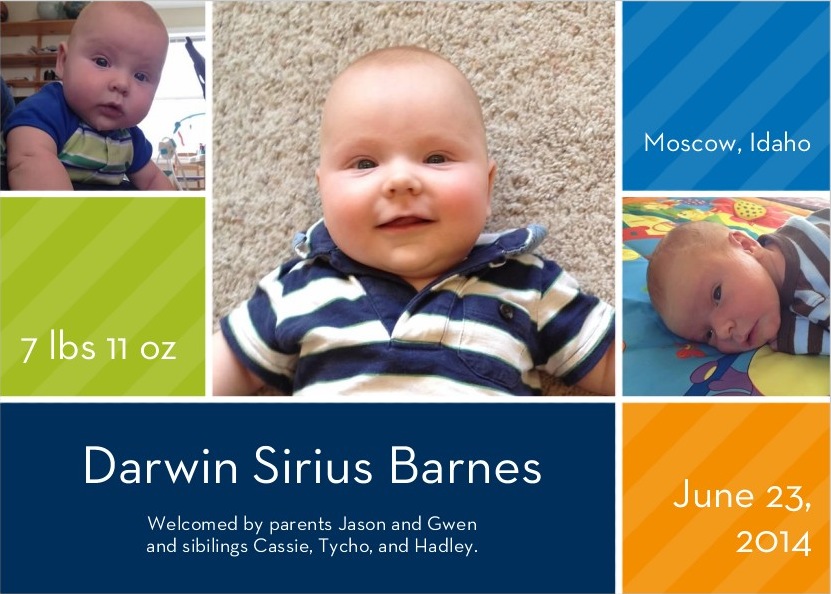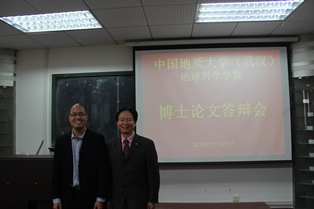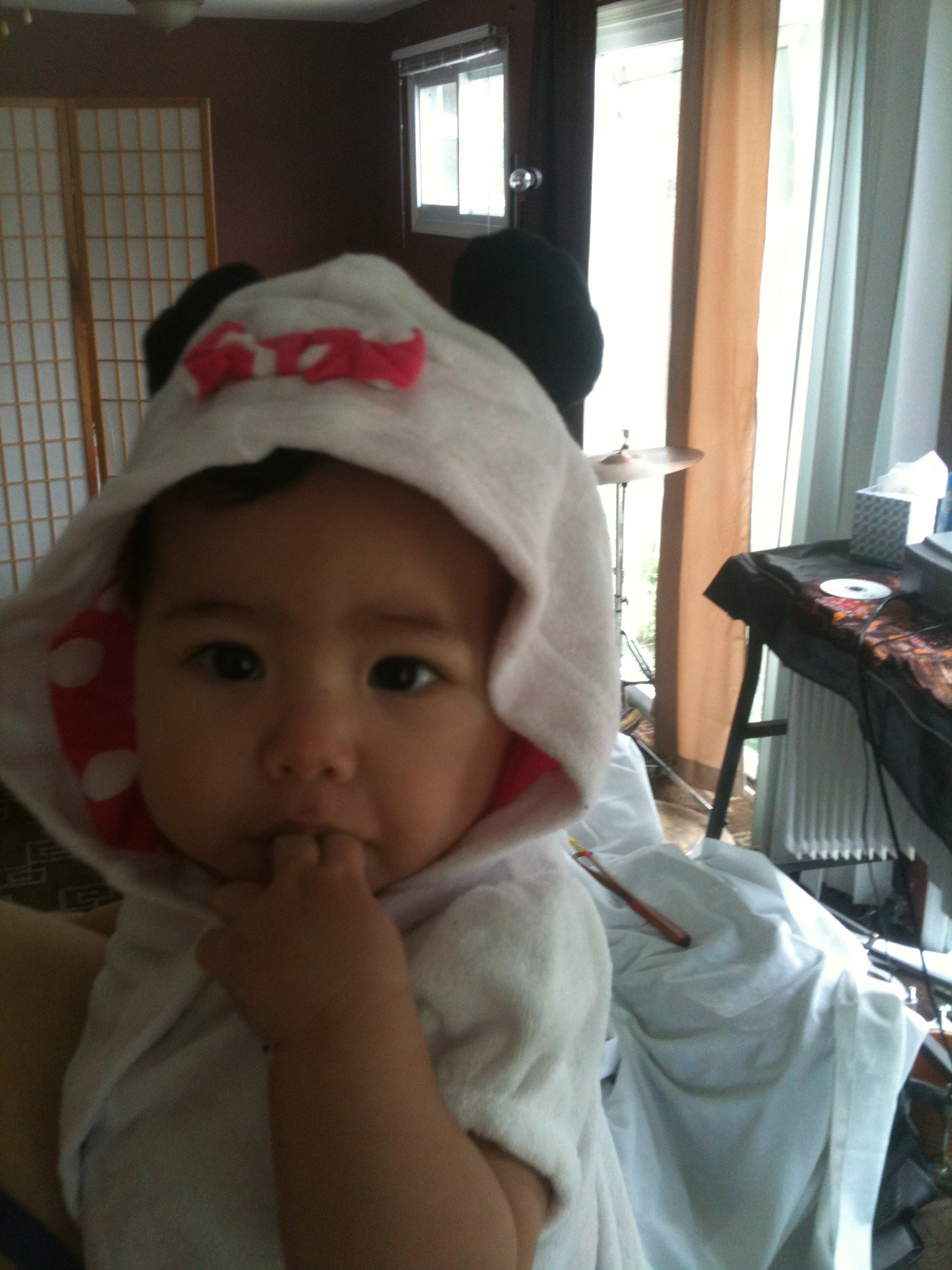The IAU Working Group for Planetary System Nomenclature has approved the name Pierazzo for a crater on the Moon. Dr. Elisabetta Pierazzo (1963-2011) was an expert on impact modeling. She was an alumna of LPL (1997) and long-time adjunct instructor for the department. Betty worked also as a Senior Scientist at the Planetary Science Institute, which sponsors the Betty Pierazzo Memorial Fund/International Student Travel Award.
Alumni News
PTYS alumnus Dr. Guy Consolmagno, S.J. (1978) is the recipient of the 2014 Carl Sagan Medal for Excellence in Public Communication in Planetary Science from the Division for Planetary Sciences (DPS) of the American Astronomical Society. The Sagan Medal was "established by the DPS to recognize and honor outstanding communication by an active planetary scientist to the general public. It is to be awarded to scientists whose efforts have significantly contributed to a public understanding of, and enthusiasm for, planetary science."
Brother Guy is an astronomer at the Vatican Observatory. His Sagan award lecture titled, "Discarded Worlds: Astronomical Ideas That Were Almost Correct," was given at Centennial Hall on the University of Arizona campus during the 46th annual DPS meeting held in Tucson, November 9-14. Keep up with Brother Guy by reading his blog, Specolations.
Gwen and Jason Barnes (2007 and 2004) have shared the news of the birth of their fourth child, Darwin Sirius Barnes, who was born on June 23, 2014, in Moscow, Idaho. Gwen writes, "Our house is now bustling with activity, with the three older kids (Cassie and Tycho, 4, and Hadley, 2) in preschool and gymnastics, and our two dogs (Genubi, 14, and Taun We, 12) still around too. Jason and I are currently faculty in the Physics department at the University of Idaho. Jason received tenure and was promoted to Associate Professor last year."
Congratulations to the Barnes family!

Kudos and congratulations to LPL alumnus William K. Hartmann (1966), who has been elected a member of the International Academy of Astronautics (IAA). The IAA recognizes the global significance of astronautics and space exploration, with goals of fostering the development of astronautics for peaceful purposes, recognizing individuals who have distinguished themselves in a branch of science or technology related to astronautics, and providing a program through which the membership can contribute to international endeavors and cooperation in the advancement of aerospace science, in cooperation with national science or engineering academies.
Dr. Hartmann is a Senior Scientist at the Planetary Science Institute.
Michael Bland (2008) moved to a position as Research Space Scientist with USGS Astrogeology.
Brian Jackson (2009) is now Assistant Professor in the Department of Physics, Boise State University. He was recently a co-author on the paper titled, "Sliding Rocks on Racetrack Playa, Death Valley National Park: First Observation of Rocks in Motion" (PLOS ONE, Aug 27, 2014; DOI: 10.1371/journal.pone.0105948)
Sarah Hörst (2011) began a new position as Assistant Professor, Morton K. Blaustein Department of Earth & Planetary Sciences, Johns Hopkins Krieger School of Arts & Sciences in Fall 2014.
Catherine Neish (2008) is Assistant Professor, Department of Physics and Space Sciences, Florida Institute of Technology) as of August 2013.
Priyanka Sharma (2012) was one of a group of students (at the time of the work) notified by the President of COSPAR that they were awarded the Paper Award for Young Scientists for the manuscript entitled "Identification and characterization of science-rich landing sites for lunar lander missions using integrated remote sensing observations." The paper was published in the journal Advances in Space Research (2014, vol. 50 (12) pp. 1647-1665; DOI: 10.1016/j.asr.2012.05.020). The other student authors are J. Flahaut, J.-F. Blanchette-Guertin, C. E. Jilly, and A. L. Souchon (Wim van Westrenen and David Kring were also co-authors). Priyanka is currently a postdoc at JPL.
Two LPL alumni, Marc Buie (1984) and John Keller (2006), are mustering citizen scientists in the western U.S. for project RECON: Research and Education Cooperative Occultation Network. The project has provided telescope equipment and training to 14 small communities north and south of Reno, Nevada, and hopes to eventually build a network stretching from Arizona to the Canadian border. RECON observers are hoping to observe Kuiper Belt objects as they pass in front of distant stars, which would provide data that could be used to determine the sizes of these icy objects in the outer Solar System. More information and links are available online here:
http://www.nsf.gov/news/special_reports/science_nation/recon.jsp
Chinese student Beary Xiao, China University of Geosciences (Wuhan), forwards the good news that he successfully defended his doctoral dissertation on November 21, 2013. Beary will continue his career at the university in Wuhan as a postdoctoral researcher. Beary spent two years at LPL as a visiting researcher, working with Professor Emeritus Robert Strom.

LPL alumnus Matt Pasek (2006), currently Assistant Professor at the University of South Florida, and Virginia Pasek (former LPL staff, current Cassini VIMS team member) have created an app called MeteorRight.
Features of the app include:
- a module that will walk you through some easy questions to help you determine if your rock might be a meteorite.
- a value calculator that shows different meteorite types and their approximate values.
- a rock gallery, with pictures of terrestrial rocks frequently misidentified as meteorites, as well as pictures of actual meteorites. Compare your rock to these and see what it might be.
- a meteorite family tree that provides the relationship between different scientific groups of meteorites. Impress your friends by describing the differences between a ureilite and a brachinite!
Brian Jackson (2009) recently forwarded updated contact information—he's currently a Post-Doctoral Astronomer at the Carnegie Institution Department of Terrestrial Magnetism. 
The best part of the update was the photo of beautiful Alice Jackson at 9 months. Alice's mom is Maki Hattori (2008), Programmer Associate at NASA Goddard Space Flight Center (Sigma Space Corporation).
Pagination
- Previous page
- Page 9
- Next page

